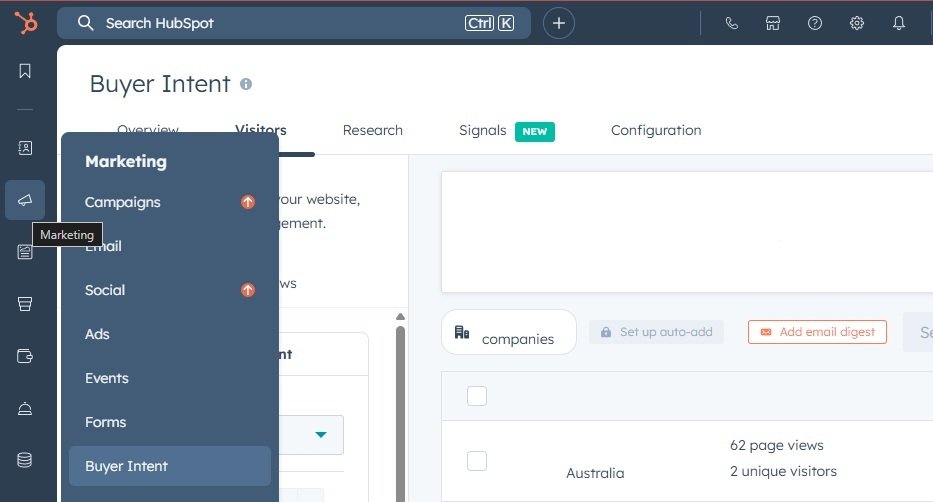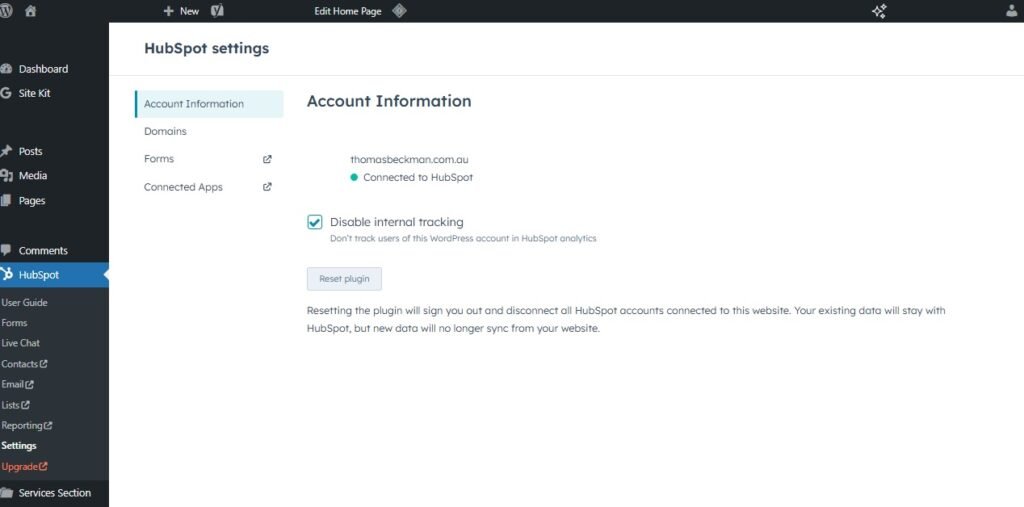Understanding Buyer Intent: How You Can Boost Engagement with Free Tools
In an increasingly competitive business landscape, understanding your audience isn’t just helpful, it’s essential. One of the most powerful ways businesses can achieve this is by harnessing the power of buyer intent.
What Is Buyer Intent?
Buyer intent refers to the signals that indicate a potential customer is interested in purchasing your product or service. These signals can include website visits, content engagement, time spent on specific pages, frequency of visits, and other online interactions.
For businesses in service-based industries, accurately tracking and interpreting these signals can significantly improve marketing ROI by ensuring that marketing efforts are targeted precisely at prospects who are ready to engage.
According to a Harvard Business Review study, companies effectively using customer data to understand intent can increase their sales efficiency by up to 20%.
Why Buyer Intent Matters
Buyer intent provides actionable insights that help businesses:
Prioritise sales efforts
Tailor marketing communications
Increase conversion rates
Improve customer experience
These insights empower businesses to make data-driven decisions, allowing businesses to focus their resources on the most promising opportunities.
Practical Guide to Implement Buyer Intent Tracking with Free Tools
Here’s a simple, practical, step-by-step guide for you to start tracking and using buyer intent effectively, leveraging WordPress and HubSpot’s free plugin and analytics tools.
Step 1: Setting Up Your WordPress Site
Ensure your WordPress website is up-to-date, with clearly defined and engaging content that speaks directly to your ideal customers. Content should be organised to encourage visitors to engage and interact. Optimise your website’s performance by regularly updating plugins, improving load speed, and ensuring mobile compatibility.
Step 2: Install and Set Up the HubSpot Plugin
Log into your WordPress dashboard.
Navigate to Plugins → Add New.
Search for “HubSpot”.
Install and activate the HubSpot WordPress Plugin.
Create a free HubSpot account or link your existing account.
HubSpot provides a robust suite of tools for businesses, enabling seamless integration of buyer intent tracking directly within your WordPress site.
Step 3: Enable HubSpot Analytics
Navigate to HubSpot’s dashboard.
Go to Settings → Tracking & Analytics → Tracking Code.
Verify that your tracking code is installed (the plugin typically handles this automatically).
With HubSpot analytics, you get detailed insights into visitor behavior, tracking which pages your visitors spend the most time on, what content they engage with, and the flow of their journey through your site.
Step 4: Set Up Buyer Intent Signals
HubSpot allows you to identify critical buyer intent signals through:
Page Views and Time Spent: Identifying which pages are frequently visited and have longer visit durations.
Form Submissions: Tracking who is engaging enough to submit inquiries or request more information.
Email Interactions: Analysing email open rates, click-throughs, and responses.

Step 5: Interpreting and Actioning Buyer Intent Data
HubSpot provides easy-to-understand dashboards and reports:
Identify warm leads: Users frequently visiting your pricing or contact pages.
Segment your audience: Create lists based on content engagement and page interactions.
Automate follow-ups: Use HubSpot’s free email marketing tools to send personalised follow-ups based on buyer intent signals.
Example
Consider an accounting firm based in Brisbane. By implementing HubSpot analytics, the firm is likely to notice traffic from local businesses spending significant time on pages about a specific topic(s). The firm can then launch a targeted email campaign specifically these topics, resulting in an increase in client conversions.
This highlights the tangible impact buyer intent analysis can have your business performance, driving measurable improvements in both marketing efficiency and customer acquisition.
Expanding Your Buyer Intent Strategy
Beyond basic website analytics, buyer intent can also be tracked through advanced methods such as IP tracking, social media engagement, and search engine behaviour. Integrating these additional data sources can provide a fuller picture of your audience’s interests and motivations.
IP Tracking
Services such as Leadfeeder or HubSpot’s built-in IP tracking allow businesses to identify the companies visiting their website, even if these visitors don’t fill out any forms. This information enables proactive outreach to prospective businesses showing strong buying signals.
Social Media Engagement
Social listening tools like Hootsuite or Mention help you monitor your brand mentions and industry trends, uncovering potential leads through customer interactions and competitor analysis.
Search Engine Behaviour
Analysing keywords that visitors use to find your site can help you better understand what problems they’re trying to solve. Tools like Google Search Console and SEMrush offer you crucial insights into organic search patterns.
SEO Optimisation: How You Can Easily Get Found
To ensure your buyer intent efforts don’t go unnoticed:
Use targeted keywords such as “buyer intent tracking Brisbane”, “WordPress HubSpot integration”, and “free tools for businesses in Australia” naturally throughout your content.
Create relevant content that aligns with high-intent keywords, addressing specific pain points or questions your potential customers might have.
Optimise your website speed and user experience to reduce bounce rates and increase engagement time, signals that positively impact SEO.
Measuring Success
Regularly reviewing your buyer intent metrics ensures your strategies remain effective and relevant. Key metrics to monitor include:
Website Traffic: Identify increases in traffic from targeted marketing activities.
Conversion Rates: Track how effectively intent-driven outreach converts into sales or enquiries.
Customer Engagement: Evaluate the level of interaction with personalised content or outreach.
Continuously refine your strategy based on these insights to maximise your marketing effectiveness.
Getting Started Today
Leveraging buyer intent doesn’t require significant investments. By simply integrating free tools like HubSpot and WordPress, businesses in Brisbane and across Australia can significantly enhance their marketing effectiveness, engagement rates, and overall business growth.
Understanding and acting on buyer intent allows your business to meet your customers exactly where they are in their decision-making process, transforming prospects into loyal customers.

Thomas Beckman
Sales Specialist
Head of Growth and Partnerships at KINNECT


